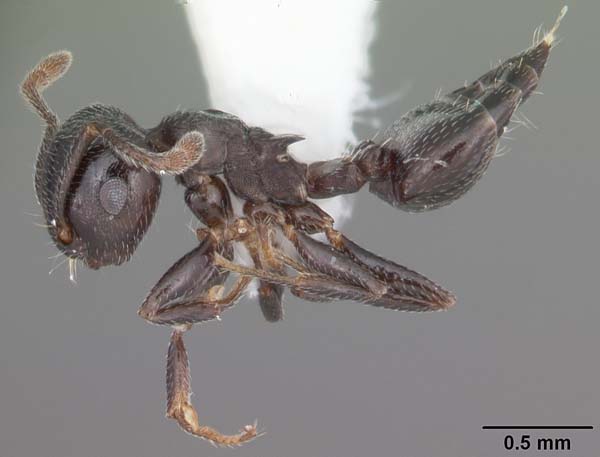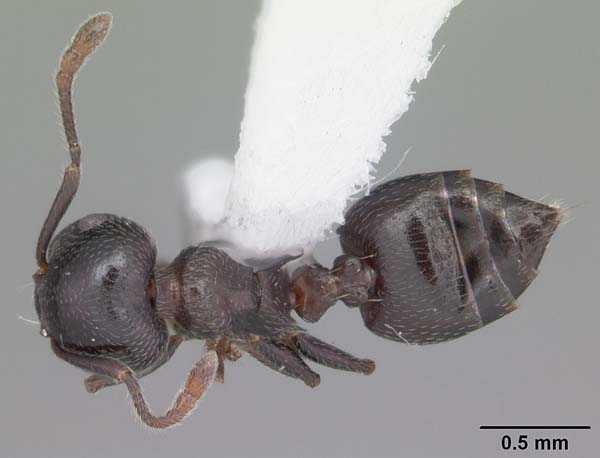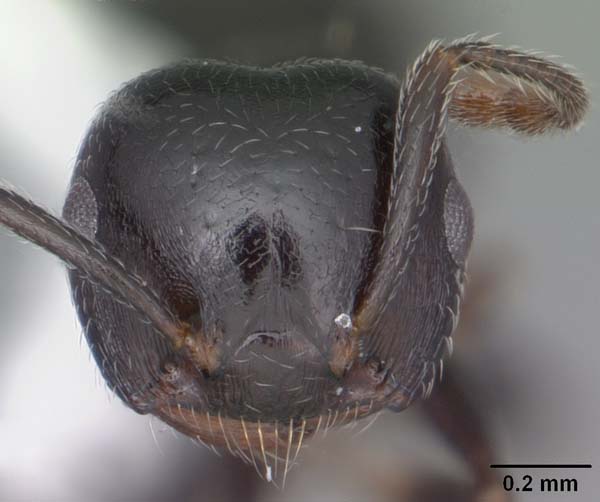Wildlife North America . com North American Animals - mamals, birds, reptiles, insects |
Arboreal ant (Crematogaster ashmeadi)
Profile view of ant Crematogaster ashmeadi Photograph by April Nobile © AntWeb.org / CC-BY-SA-3.0. (view image details) 
Dorsal view of ant Crematogaster ashmeadi Photograph by April Nobile © AntWeb.org / CC-BY-SA-3.0. (view image details) 
Head view of ant Crematogaster ashmeadi Photograph by April Nobile © AntWeb.org / CC-BY-SA-3.0. (view image details)
ARBOREAL ANT FACTS
Classification
Relatives in same Genus Valentine ant (C. laeviuscula) Home | Mammals | Reptiles | Birds | Insects | Privacy Policy | Disclaimer | Contact Us |